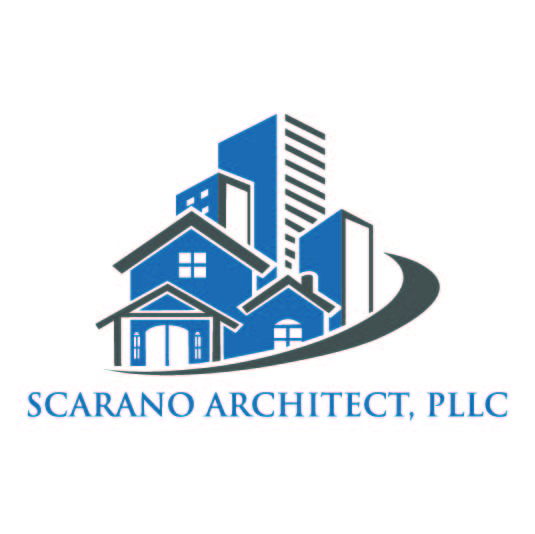Beginning a new project can be exciting as well as stressful. Where do I begin? Can I stick to my budget? Where can I get useful ideas? The short answer is to hire an Architect. A licensed Architect wears many hats and will help you see your project from concept to completion, hire an Architect. Ideally, you want to find someone who is both skilled and communicates well. It is also important that his cost model works for you.
Finding an Architect that is a perfect fit for you requires some effort. Websites such as Home-Advisor, Houzz, and Bark can help you find Architects in your area using certain qualifiers. Your local chapter of AIA (American Institute of Architects) contains lists of licensed Architects too. Of course, word of mouth is always an option. But beware; your friend’s Architect may not be right for you.
After you find a few good candidates you can begin to visit their websites, view their portfolios, and ask about their project experience. Ideally, you want someone who is able to communicate with you effectively and can work within your budget. His vision for your project should make you feel enthusiastic and confident for an easy road ahead.
An introductory phone call is your next step. Be prepared to interview a few candidates before making your final choice. This call is basically to see whether the Architect wants to take on your project and whether you decide to hire him. Keep in mind your comfort level with this person as you will be likely spending time together as your project progresses.
Your first meeting should include talking about your ideas, your budget, and your timetable. You should be detailed in your consultation because that will help the Architect determine the cost of the project accurately. An Architect has a high level of expertise in design, materials, and the construction process. Allow yourself to see his vision for your project.
Some questions you may want to ask your Architect:
What is your design philosophy?
Will I be working directly with you or a member of your firm?
What does the timetable look like for my project?
How will the plans be presented?
What is your fee and how is it structured? (Fees can be based on the percentage of construction costs, hourly, square-foot billing, or fixed.)
After you have carefully considered your options it is time to select your Architect. You should agree on the scope and cost of architectural services at this point. This agreement should be in writing and should outline the obligations of each party. Your project goals should be incorporated into this document. Having a good rapport with your Architect will ensure you
don’t have any problems at a later stage. After the contract is signed, the first thing your Architect will do is ask you questions. He will listen to you and try to understand what it is you are trying to achieve. He will present you with sketches of his vision for your project. After careful consideration, you both will agree on one design and continue on to the next step. Your project will then be broken down into phases. How many phases will depend on the complexity of the job?
Phase 1- Schematic Design Phase
At the start of this phase, your Architect will analyze the site’s conditions and compile conceptual drawings for you to review. These drawings will incorporate your goals as well as the Architect’s aesthetic direction. These design sketches will be reviewed and decisions need to be made. This process will continue until the client is satisfied with the design and is ready to move to the next phase.
Phase 2-Construction Documents
Once a scheme is chosen and all parties agree on the design, construction documents will be produced. By asking questions, researching, and finding solutions to problems the Architect will get your plans ready and suitable for bidding and town approval. He will also prepare a full set of documents along with specifications.
Phase 3-Choosing a Contractor
At this point, a Contractor will be chosen. You can choose your own, or have your Architect recommend someone. Often, they have a reliable Contractor that they have used before. Using his candidate can save you time and energy but the final decision is yours. Ideally, you want to work with will help you contractors that are trustworthy, honest, and highly knowledgeable. Your General Contractor understands what steps will be taken to complete
your project. He will discuss purchasing of materials, schedules, and building methodologies to name a few. It is good to remember that a job will always go better when the team is on board from the beginning and all of the team players speak the same language and communicate openly.
Phase 4- Construction Administration
Construction Administration generally includes weekly site meetings with the contractor and owner and any other subs involved. This keeps everyone in the loop and usually gets a lot of questions answered. Communication here is essential.
A team that communicates well ensures a great outcome. The Architect traditionally monitors construction as the Owners representative. This shows the contractor that someone who knows what is going on is watching the site as construction can be very hectic. It is your architect’s job to help you make decisions and deal with any unforeseen problems that may arise.
During construction, there are things you can do to make sure your project turns out just as you want it to. Review drawings and material suggestions promptly. If you’re having trouble with a decision, let your architect know. Don’t be afraid to ask questions. Speak up if there’s an aspect of the design you don’t like. It’s much easier to fix a problem when it’s on paper than after it’s built.
Architects will tell you that the more engaged their client is, the better the results. Successful projects don’t just happen; they are carefully thought out and planned. Finding the right Architect to help you bring your project to life is an investment in your property and your future happiness with the results.




